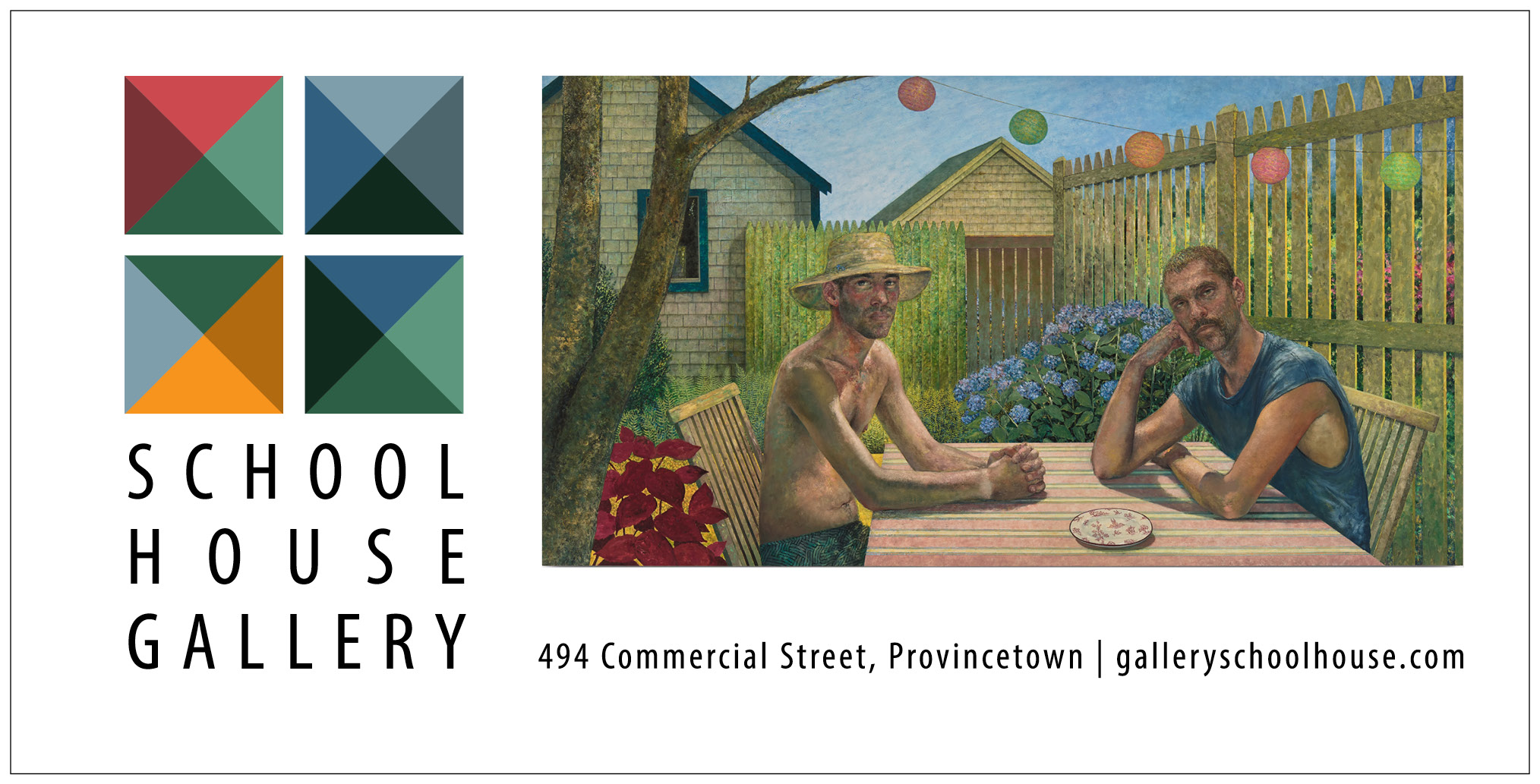It is the darkness itself that is so humbling, so profound — pitch black and dark as death. Driving through Truro on a January night, there is an otherwise lunar aspect, but the margins of the road are scruffy with little bluestem and unnamed shadowy shrubs. I know there are people out there in the darkness — not many at this time of year, but some, most likely asleep in their dwellings “with all their griefs in their arms,” or staring at blue screens, or otherwise avoiding the truths of their lives.
Then a coyote skirts through the headlights’ beacon, looks over its shoulder with what seems like disdain, and steps effortlessly into the seamless dark. Disappears.
There are many things in this world I do not understand, and the coyote is one of them.
This wild dog, without a collar or a leash, with no veterinary care, no inoculations or sprays or salves, and never once a loving rub behind the ears, belongs to no one. I wonder how it lives among the abundant ticks in the brush. How it evades the traffic, the poison, and the hunter. How it gets sustenance on a bitter cold night, looking for a rabbit, while the ever-anxious rabbit looks for the coyote. Or how it snuffles through the weeds for a couple of mice. How it finds a shelter from the whipping wind, tail curled over its body.
So, it is like our beloved pet pooches, but there is a wildness to it, in its posture, in its gait, and most especially in its eyes. Oh, those eyes. It maintains an attitude. It is bold, even brazen. Should you chance upon a coyote on a walk, and it looks at you, it does not immediately look away; it shows no fear or subservience. The gaze is evaluative, transactional. You feel yourself being assessed: what have you to offer? Are you threat, possible benefit, or most likely of no account at all? The coyote finds itself in this world and does not question its parameters. Rather, it finds its way. Humans and their things are everywhere: how can they be put to use?
It is this wildness that excites us in our tame lives. To think that we live in a place that can sustain a wild dog, one that shares our habitat and does so without fear. Its survival merits our respect and admiration. Its independence heartens those of us who sometimes tire of being stewards to every fragile endangered creature.
We are not the first to be charmed by this animal. In Native American mythology, the coyote is the “great trickster,” sly and mischievous, sometimes taking a human form. I think of the coyote as symbolic, analogous to our herring gull, a year-round survivor living alongside us. But neither gull nor coyote cares for our symbols, which are only our human attempts to relate to this bewildering world. We invest our wild brethren with meaning. The eagle is majestic, the owl is wise, the raven is ominous, the dolphin is playful, and the oak is mighty.
In truth, the coyote is no more (or less) independent than any other wild creature, no more fearsome than any other predator. Our assignment of these qualities tells us more about ourselves than the animals we characterize: it has been this way throughout human history. What was the serpent to Adam and Eve? Or the great white whale to Ahab?
Animals populate our childhood stories and our imaginations and dreams. We need the wild world to show us the way, even as we damage it beyond repair. With all our technology and electronic extensions, we might think we have left wildness behind. We have not.
The other afternoon I heard a series of yips and howls in the woods. My heart skipped a beat. I felt a cocktail of — admit it — one part fear and a full three parts exhilaration.



